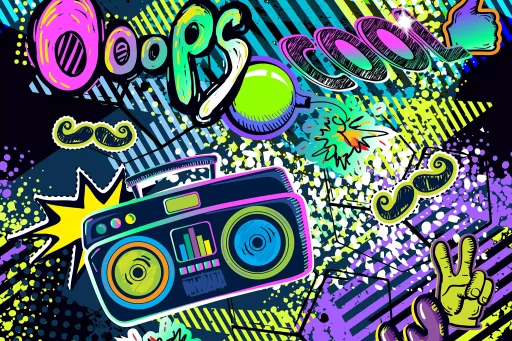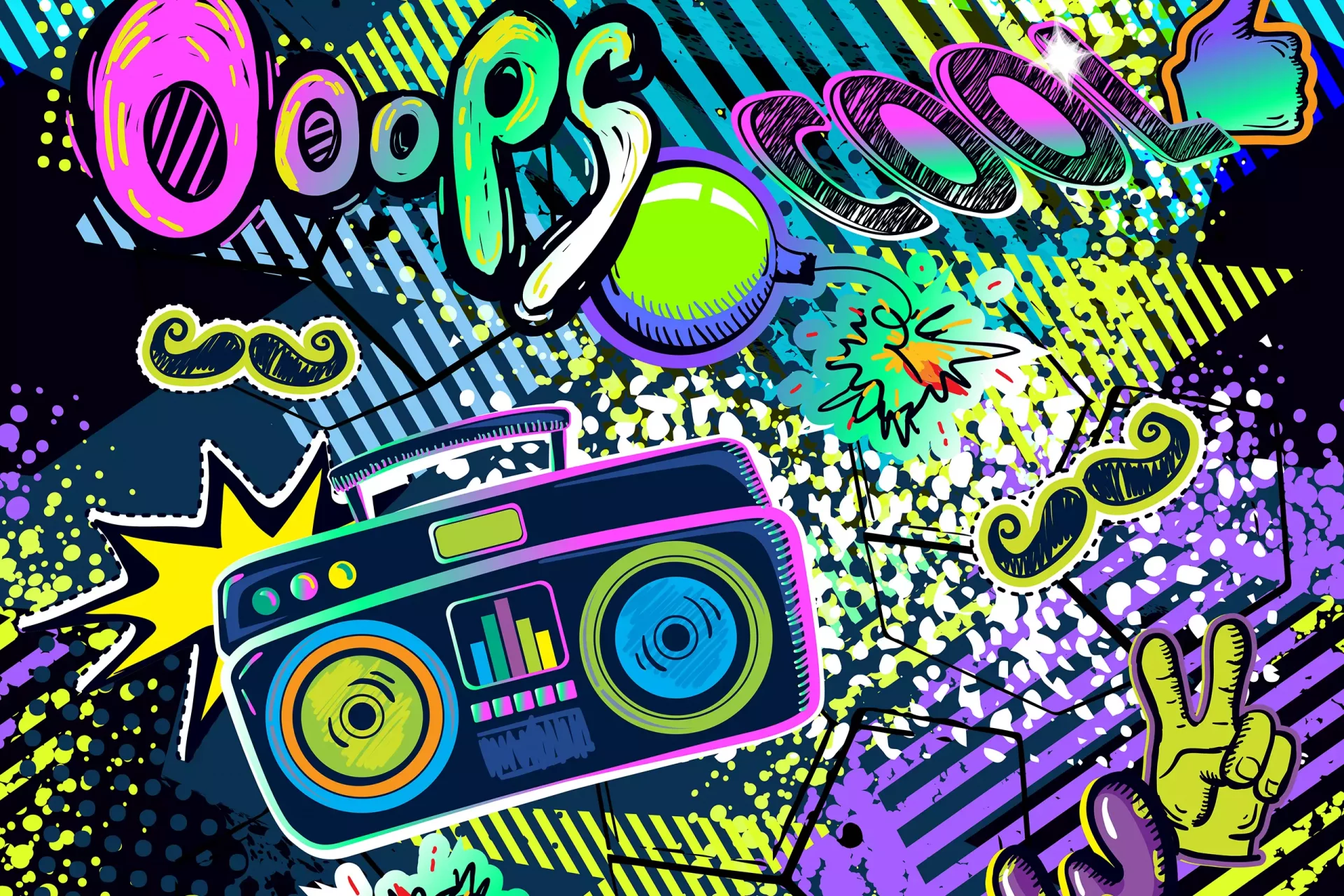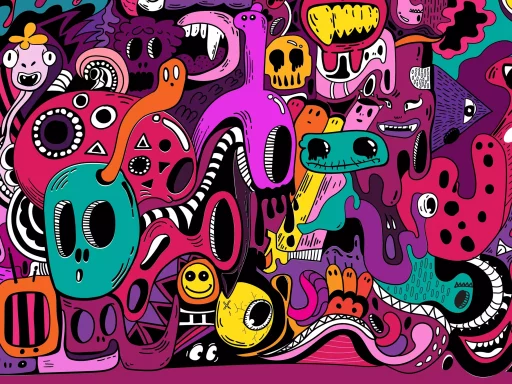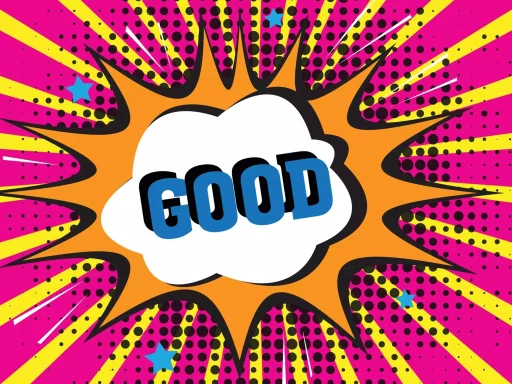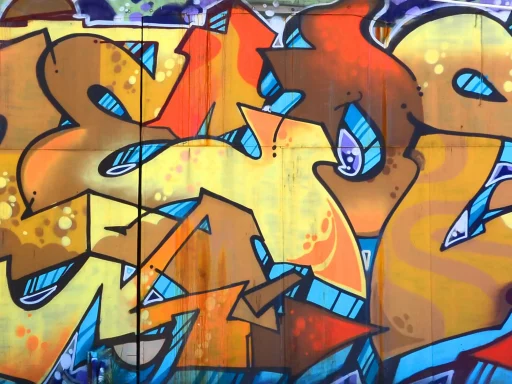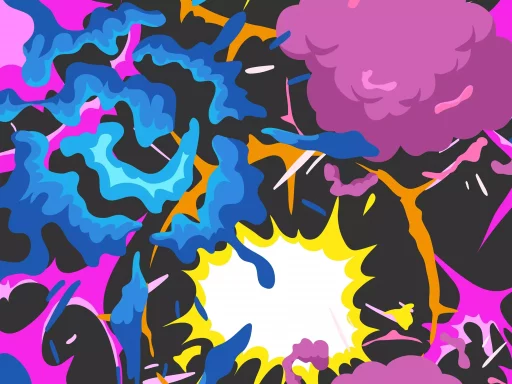Introduction
The COVID-19 pandemic has not only transformed our daily lives but has also influenced the way we communicate. With new terms and slang emerging, a distinct lexicon has developed to describe our shared experiences during these challenging times. In this article, we explore the most popular COVID slang, their meanings, and their cultural significance.
The Rise of COVID Slang
As the pandemic spread globally, so did the need for a new language to describe the situation. From social distancing to lockdowns, people needed to communicate effectively about their experiences and the evolving guidelines. This gave birth to various slang terms that resonated with the public.
Examples of COVID Slang
- Quarantine – While not a new term, it saw a resurgence and was often paired with slang, such as “Quarantine Queen.”
- Social Distancing – A widely accepted practice, leading to phrases like “Distant Dating” referring to maintaining social relationships while staying safe.
- Zoom Fatigue – Describes the exhaustion felt after prolonged virtual meetings, a very real issue in remote work environments.
- Rona – A colloquial shorthand for the coronavirus, widely used in text messages and social media.
- Flattening the Curve – A term that took on cultural significance, symbolizing collective efforts to reduce virus spread.
- Mask Up – A catchy phrase promoting the use of face masks, often paired with calls to action on social media.
Case Study: Impact of COVID Slang on Social Media
Social media platforms durante quarantine conditions were hotbeds for the spread of COVID slang. Numerous studies have shown an increase in posts and engagement related to pandemic-related terms. In fact, a study by Sprout Social found that mentions of phrases like “social distancing” increased by over 400% from March 2020 to May 2020.
For example, the hashtag #QuarantineLife went viral, garnering millions of posts showcasing memes, personal stories, and coping mechanisms during lockdowns. This community-driven slang helped create a sense of solidarity among people facing similar challenges.
Cultural Significance of COVID Slang
The emergence of COVID slang reflects a societal adaptation to the unprecedented circumstances brought about by the pandemic. Linguists argue that slang often arises in response to societal changes, acting as a linguistic coping mechanism.
Furthermore, the use of such terms highlights how language evolves through shared experiences. It has allowed people to express humor and find light-hearted moments amid despair. The creativity involved in coining new phrases has fostered a sense of community, with individuals relating through a unique language of their own.
Statistics on Language Adaptation During COVID
- According to the Oxford English Dictionary, the use of “self-isolation” increased by 250% between 2019 and 2020.
- More than 70% of users on social media reported using COVID-related slang to feel connected to others during isolation.
- A survey by the Pew Research Center indicated that 62% of Americans found humor in memes and posts related to COVID-19 slang.
The Future of COVID Slang
As the world moves toward normalcy, some COVID slang may fade away, while others may persist. Linguistic experts predict that terms like “socially distanced” might remain relevant in a post-pandemic world, especially as people become more aware of personal space and public health considerations.
Similarly, the adoption of remote work practices may lead to the sustained use of phrases such as “Zoom fatigue” in workplace discussions. Language, after all, is a living entity, and new experiences will undoubtedly yield new words.
Conclusion
The vocabulary developed during the COVID-19 pandemic offers a glimpse into human resilience and adaptability in challenging times. While some of the slang may be temporary, it has allowed for new forms of communication and connection during isolation. As we emerge from the pandemic, we carry both the experience and the language that encapsulates our collective journey.
